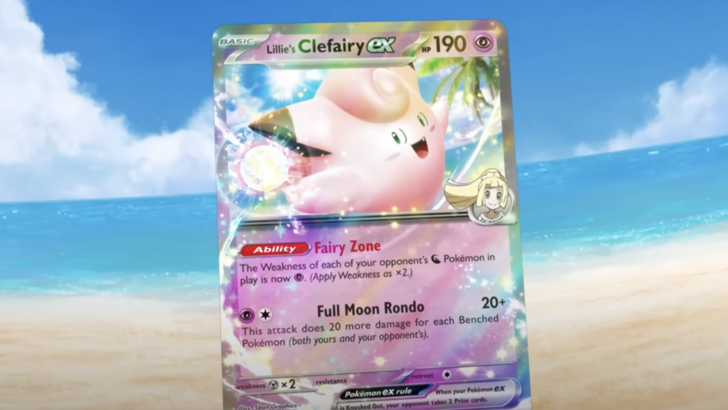What kind of flowers are there in Minecraft
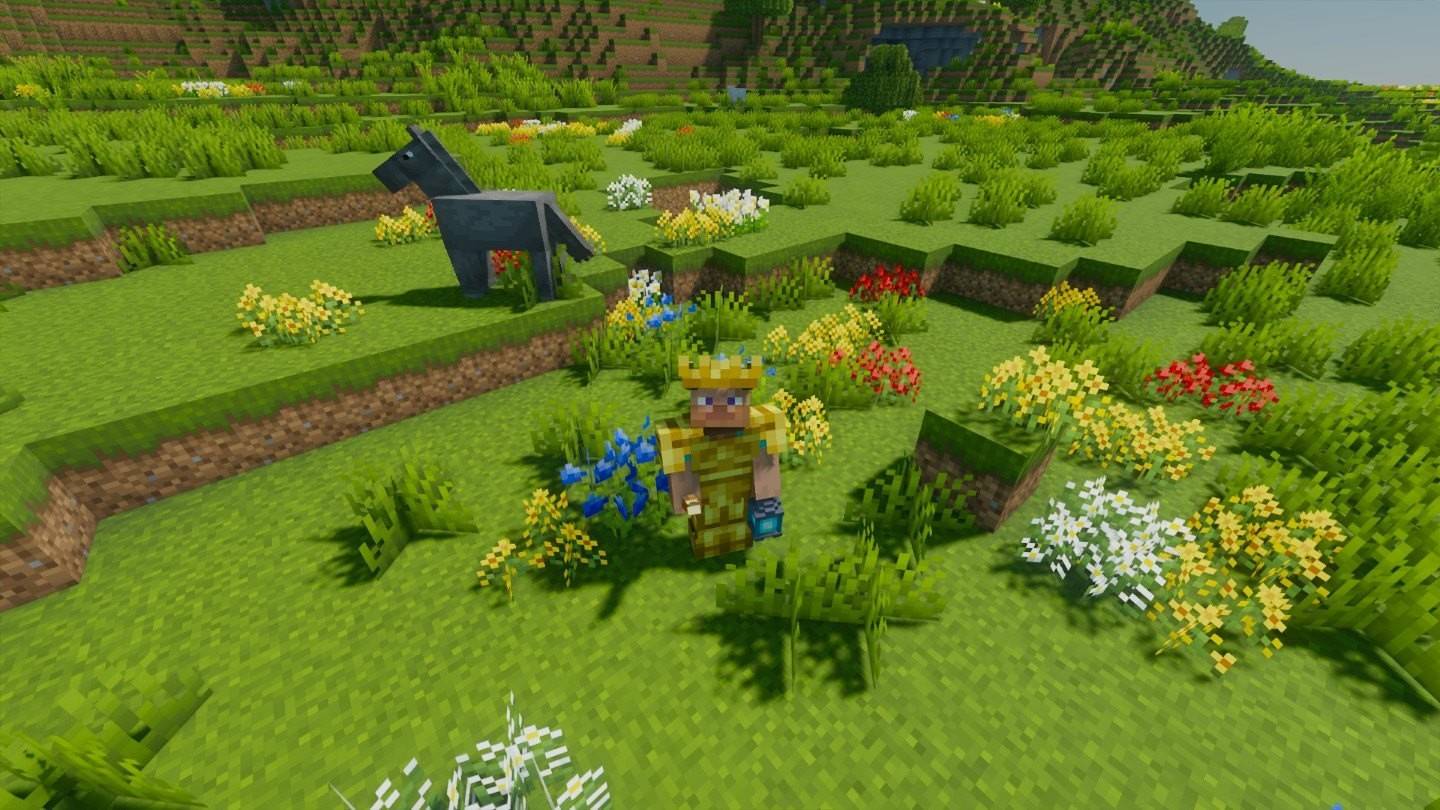
From vibrant dyes to breathtaking landscapes, Minecraft's botanical bounty offers a wealth of possibilities. This guide explores the unique properties and uses of various flowers, enhancing your in-game adventures.
Table of Contents
- Poppy
- Dandelion
- Allium
- Rose Bush
- Wither Rose
- Peony Bush
- Lily of the Valley
- Tulip
- Azure Bluet
- Blue Orchid
- Cornflower
- Torchflower
- Lilac
- Oxeye Daisy
- Sunflower
Poppy
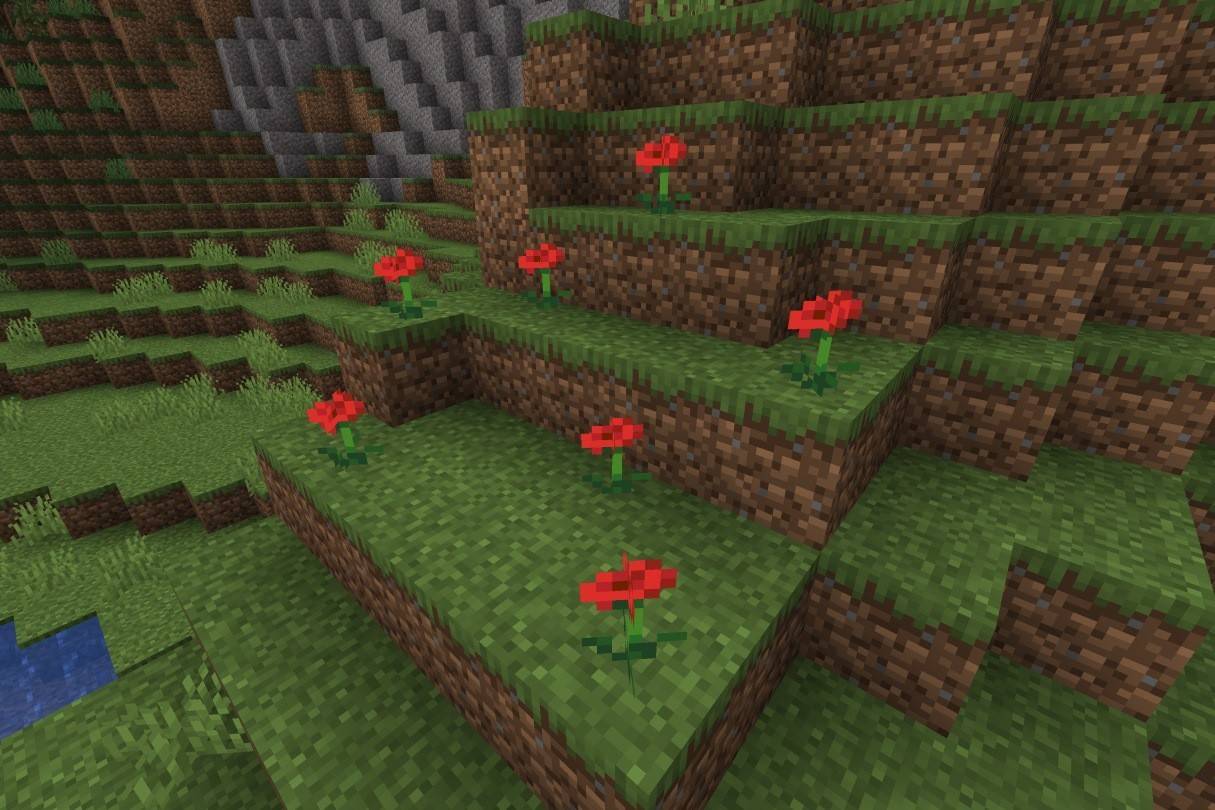
Poppies, those cheerful red blooms, now hold the place of the original "rose" and cyan flowers from earlier versions. They've seamlessly integrated into existing Minecraft worlds, automatically replacing any previous flowers. Found across various biomes, they're also a surprising gift from Iron Golems to village children. Their primary use is crafting red dye, essential for coloring banners, beds, wool, sheep, and even tamed wolf collars.
Dandelion
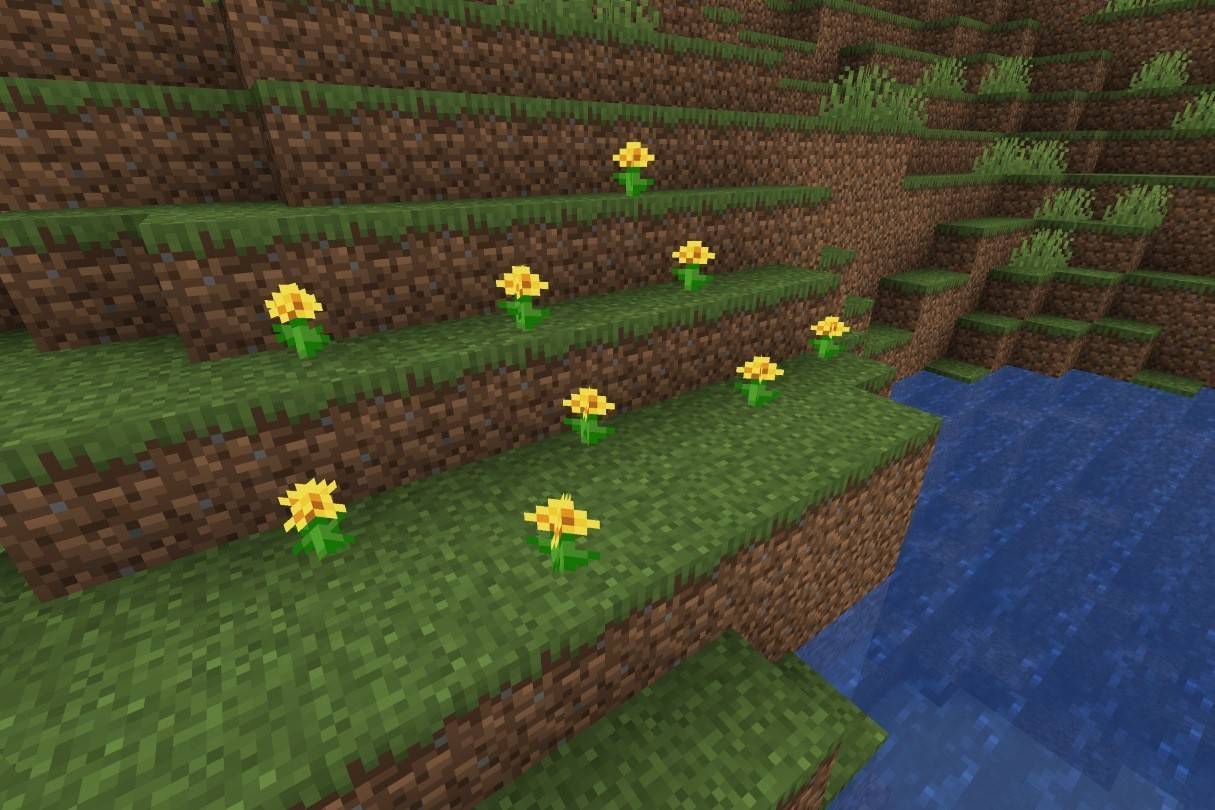
These sunny yellow dandelions brighten most biomes (except marshes and ice plains). Flower forests are particularly abundant with them. While they yield a single unit of yellow dye, sunflowers provide double the amount. Perfect for adding a cheerful pop of color to banners, wool, and other decorative elements.
Allium
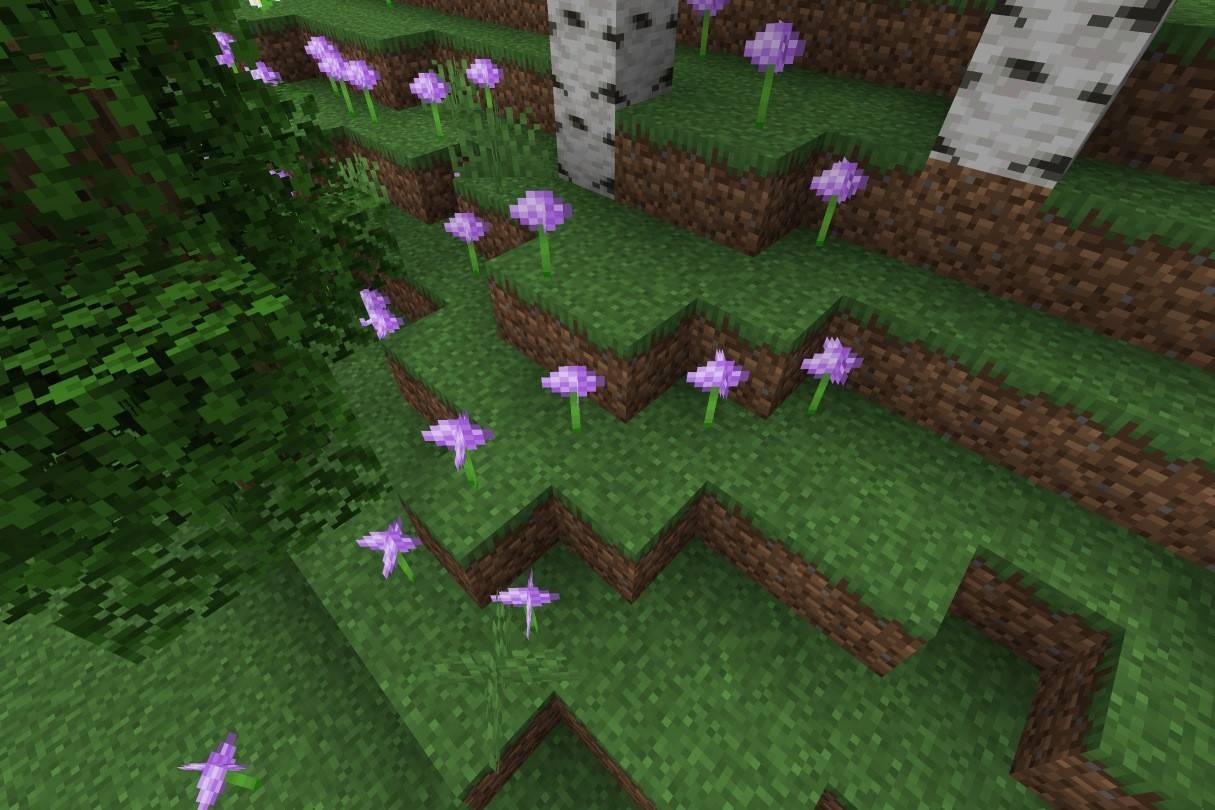
Alliums, with their striking purple blossoms, grace the flower forests. Their main purpose? Creating magenta dye, crucial for recoloring mobs and crafting beautiful magenta stained glass, terracotta, and wool. These elegant blooms add a touch of sophistication to any garden or building.
Rose Bush
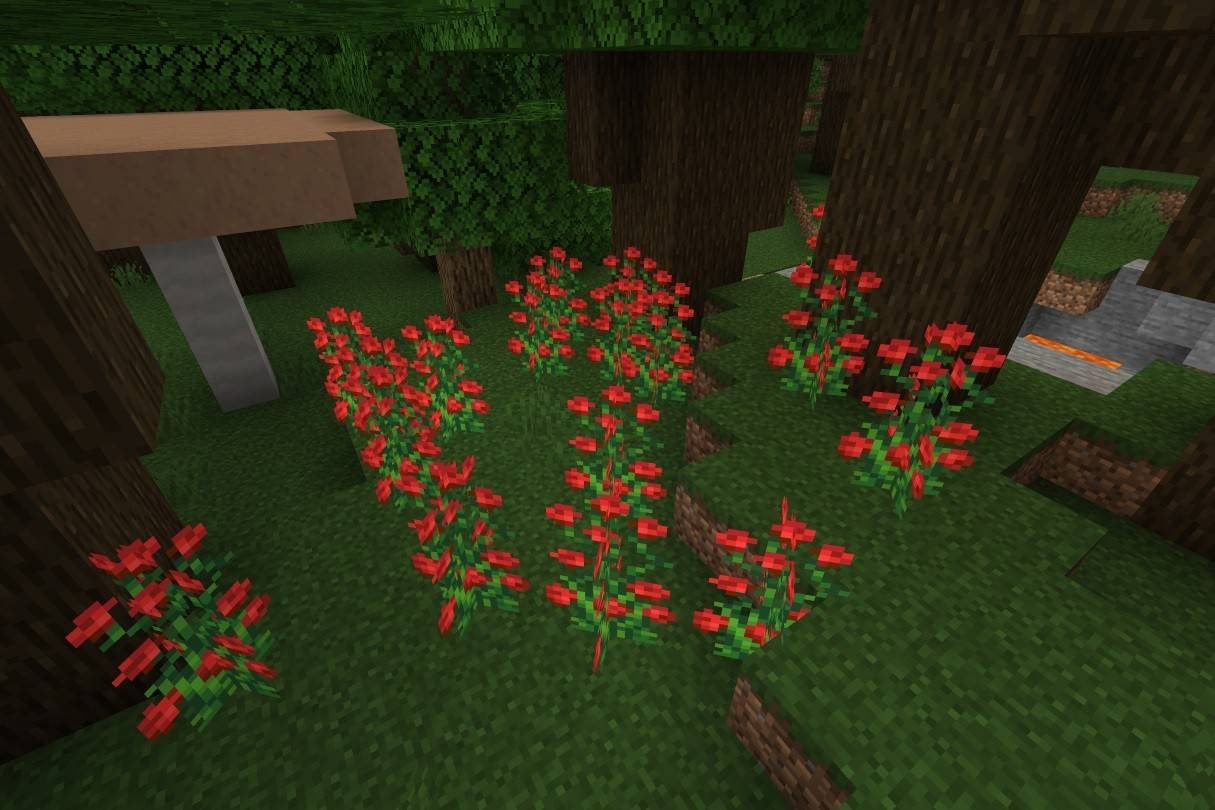
Rose bushes, tall and red, thrive in various wooded biomes. Similar to lilacs and sunflowers, they're one of Minecraft's taller flowers, standing two blocks high. Harvesting them yields red dye, perfect for dyeing wool, banners, beds, leather armor, and more. Unlike the dangerous wither rose, the rose bush is purely decorative and useful.
Wither Rose
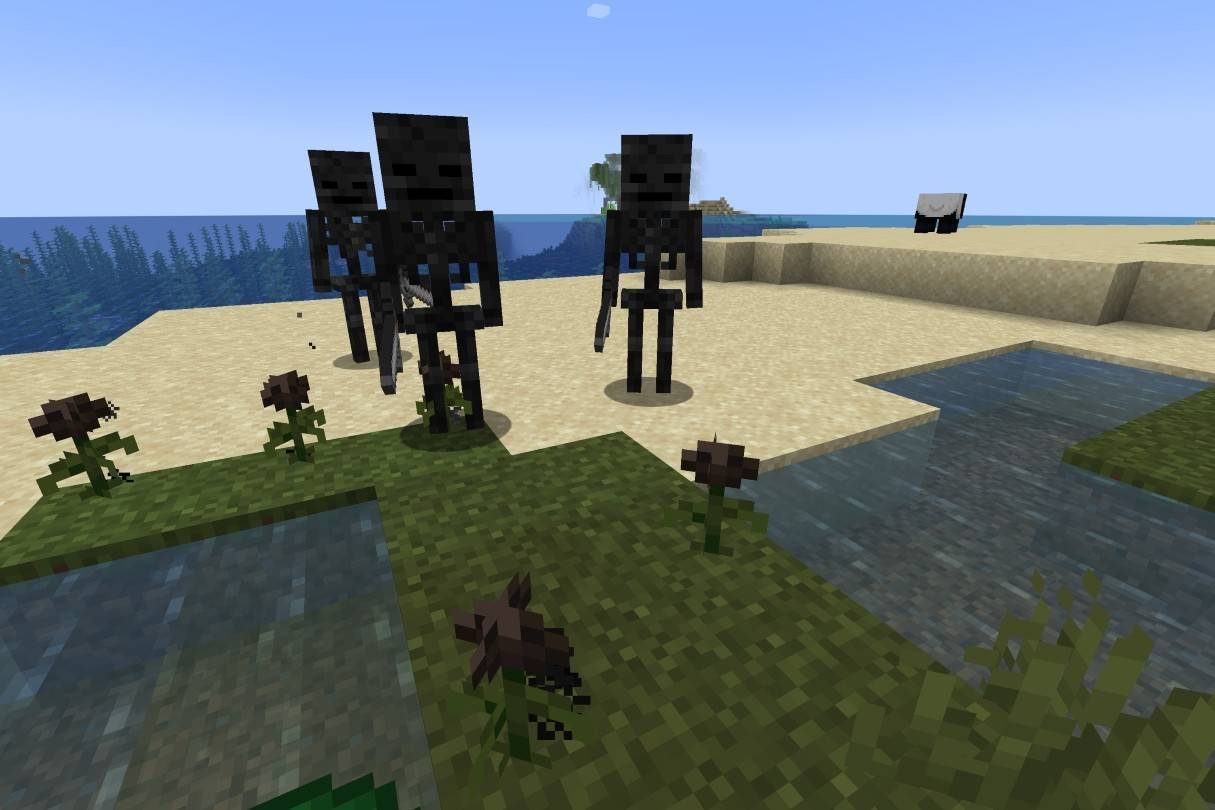
The wither rose is a rare and dangerous flower. It doesn't grow naturally; instead, it appears when a mob is killed by the Wither or occasionally found in the Nether. Unlike the harmless rose bush, touching a wither rose inflicts the Wither effect, steadily draining health. Milk is the antidote. It's used to create black dye, useful for coloring leather armor, terracotta, banners, beds, and wool, as well as firework stars and black concrete powder.
Peony Bush
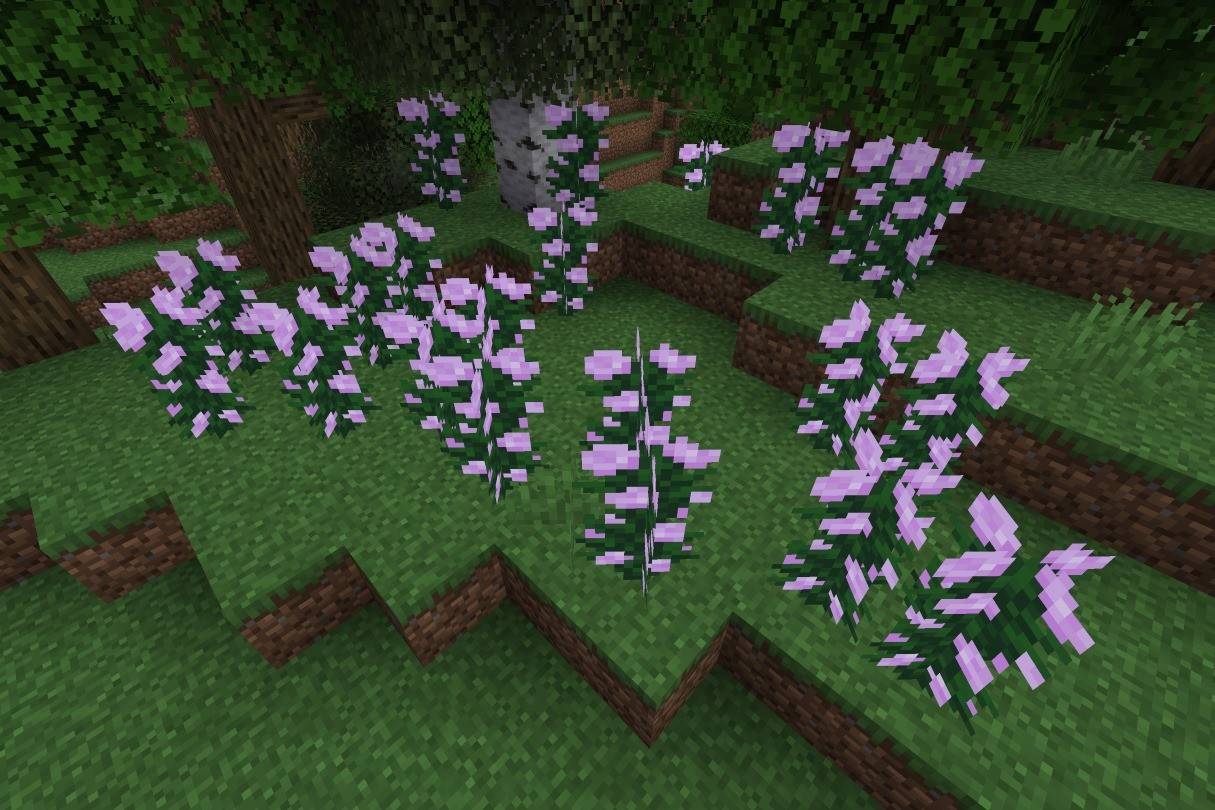
Peony bushes, tall and pink, flourish in woodland ecosystems. These pretty blooms create pink dye, either directly or by combining red and white dye. Bone meal helps propagate them, ensuring a plentiful supply. Pink dye is used to color wool, stained glass, terracotta, and tamed wolf collars. Adding bone meal to grass in specific biomes can also result in pink blooms.
Lily of the Valley
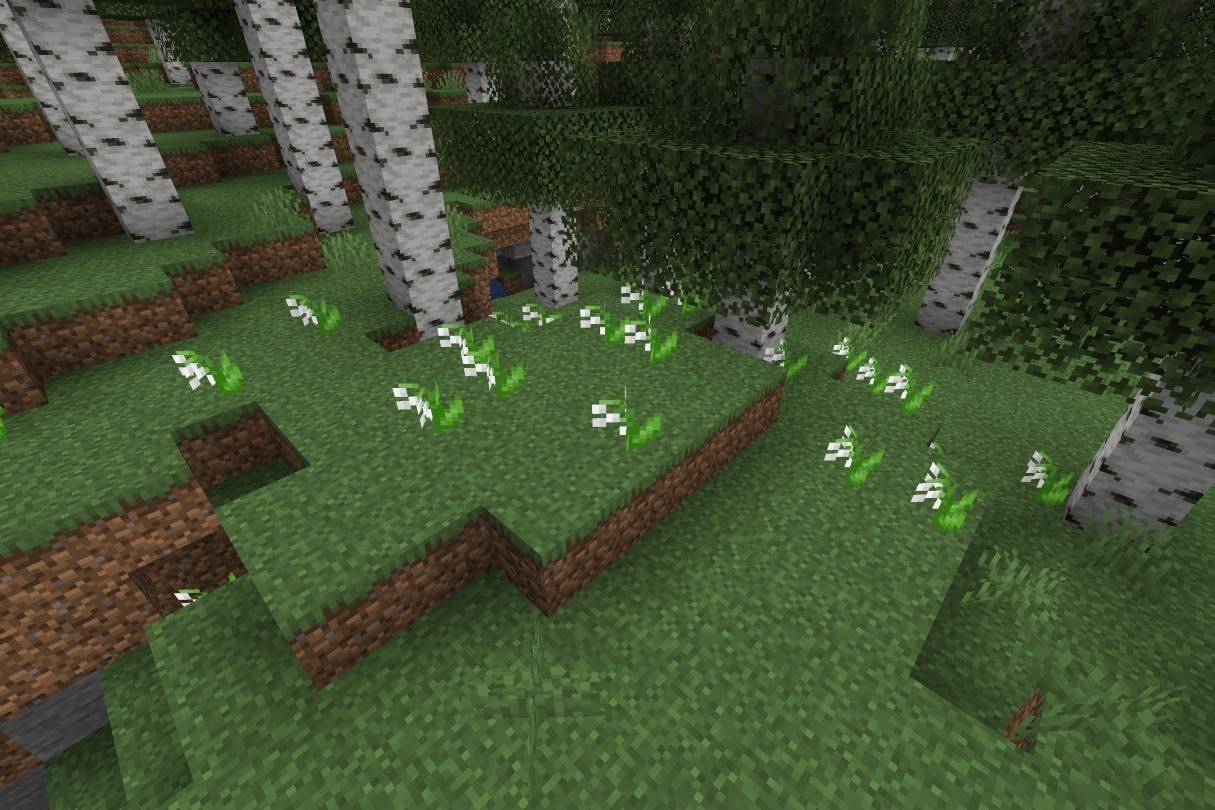
The delicate Lily of the Valley, with its bell-shaped flowers, is found in forest and flower forest biomes. It produces white dye, used to color wool, banners, beds, terracotta, and tamed wolf collars. White dye is also a base for creating other dyes, including gray, light gray, light blue, lime, magenta, and pink.
Tulip

Tulips are one of Minecraft's most varied flowers, appearing in red, orange, white, and pink. Found in plains and flower forests, they're a valuable dye source. Depending on their color, they create red, pink, orange, or light gray dye, offering diverse customization options.
Azure Bluet
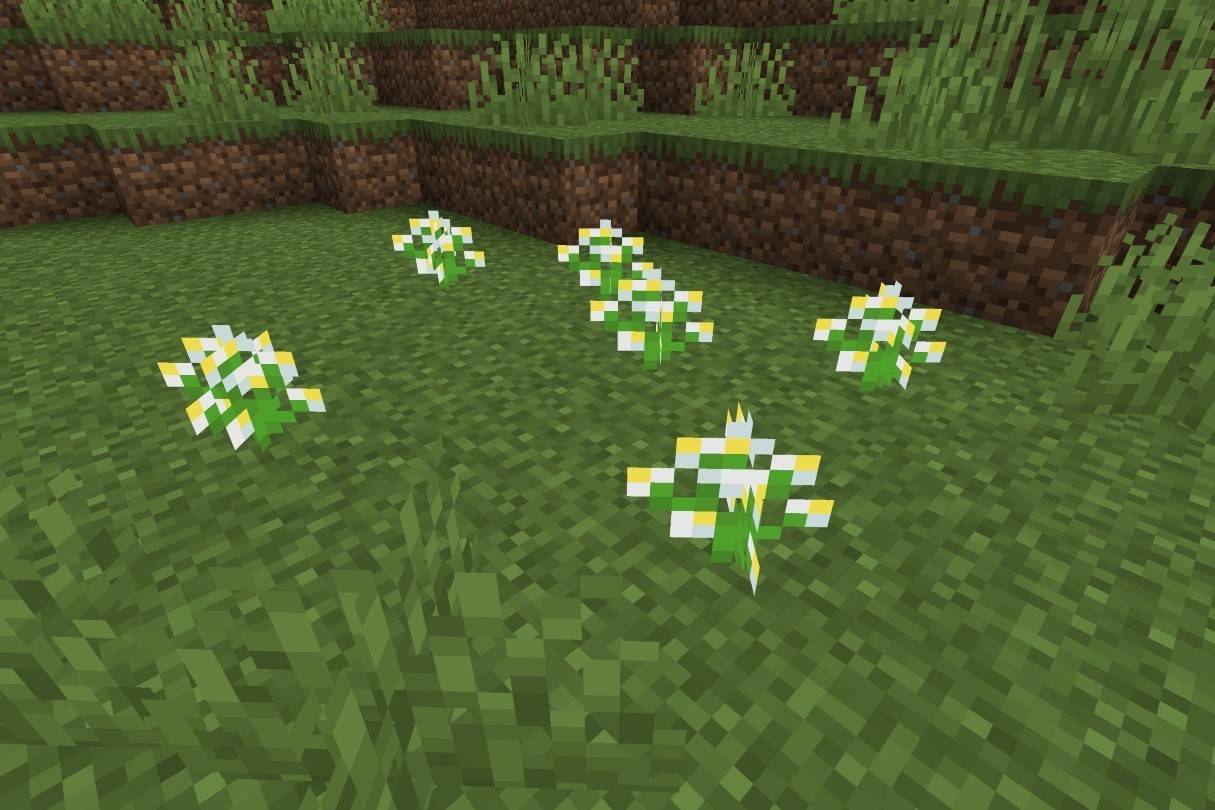
The Azure Bluet, a small white and yellow flower, thrives in grasslands, sunflower plains, and flower forests. It's used to create light gray dye, which can also be made by combining bone meal and gray dye.
Blue Orchid
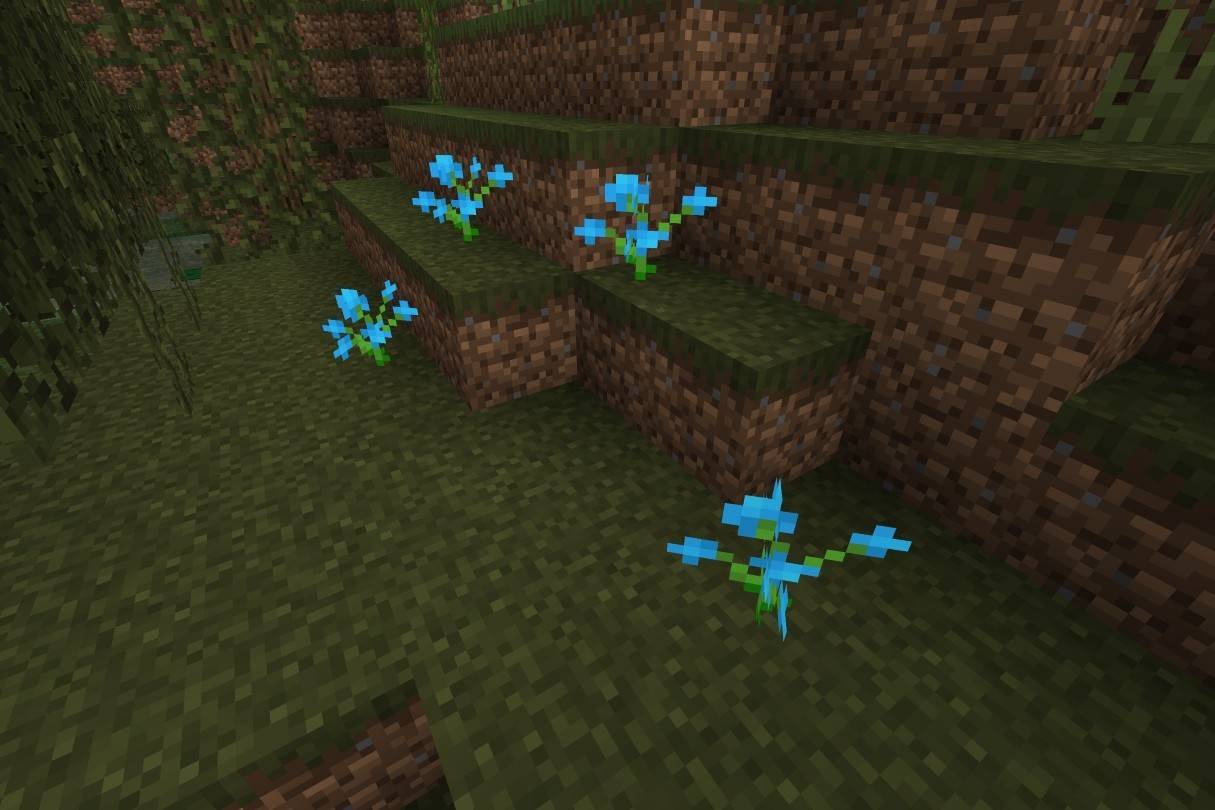
The rare and vibrant blue orchid, found only in swamp and taiga biomes, is the source of light blue dye.
Cornflower
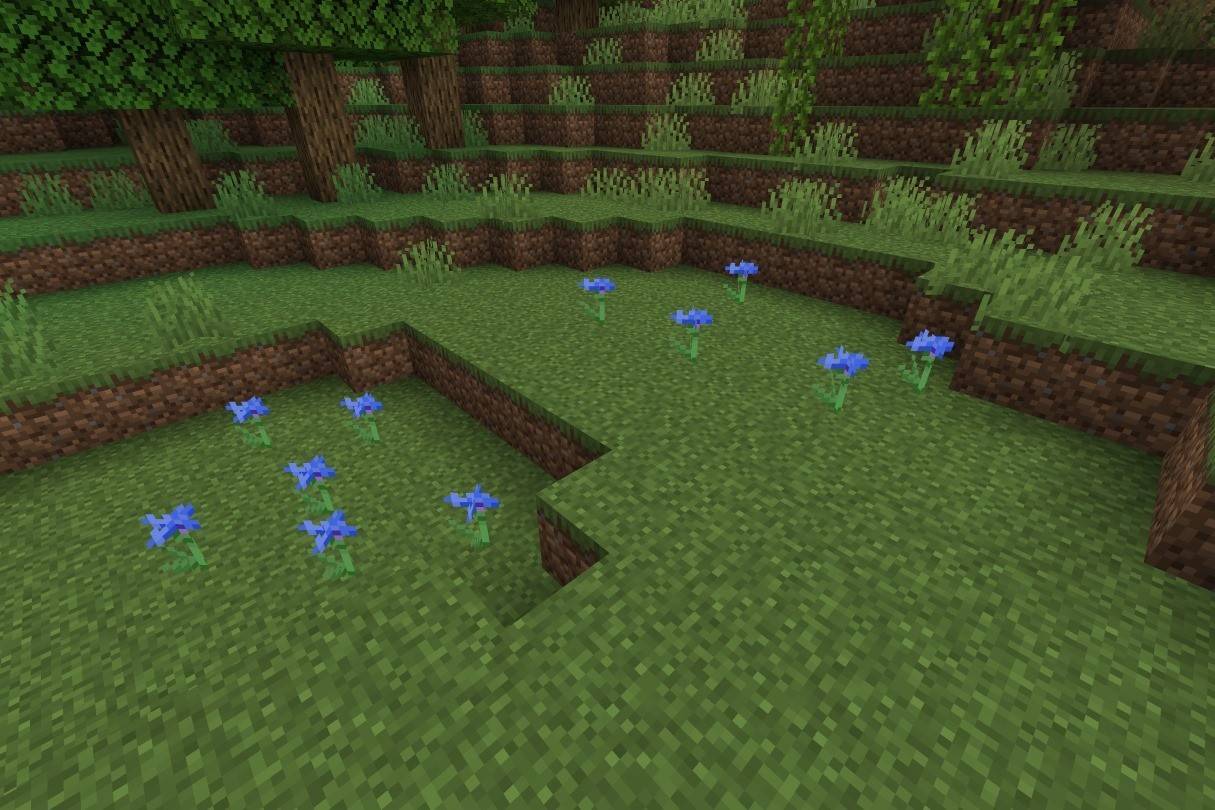
Cornflowers, with their spiky blue petals, are found in plains and flower forests. They produce blue dye, used to color wool, glass, and terracotta.
Torchflower
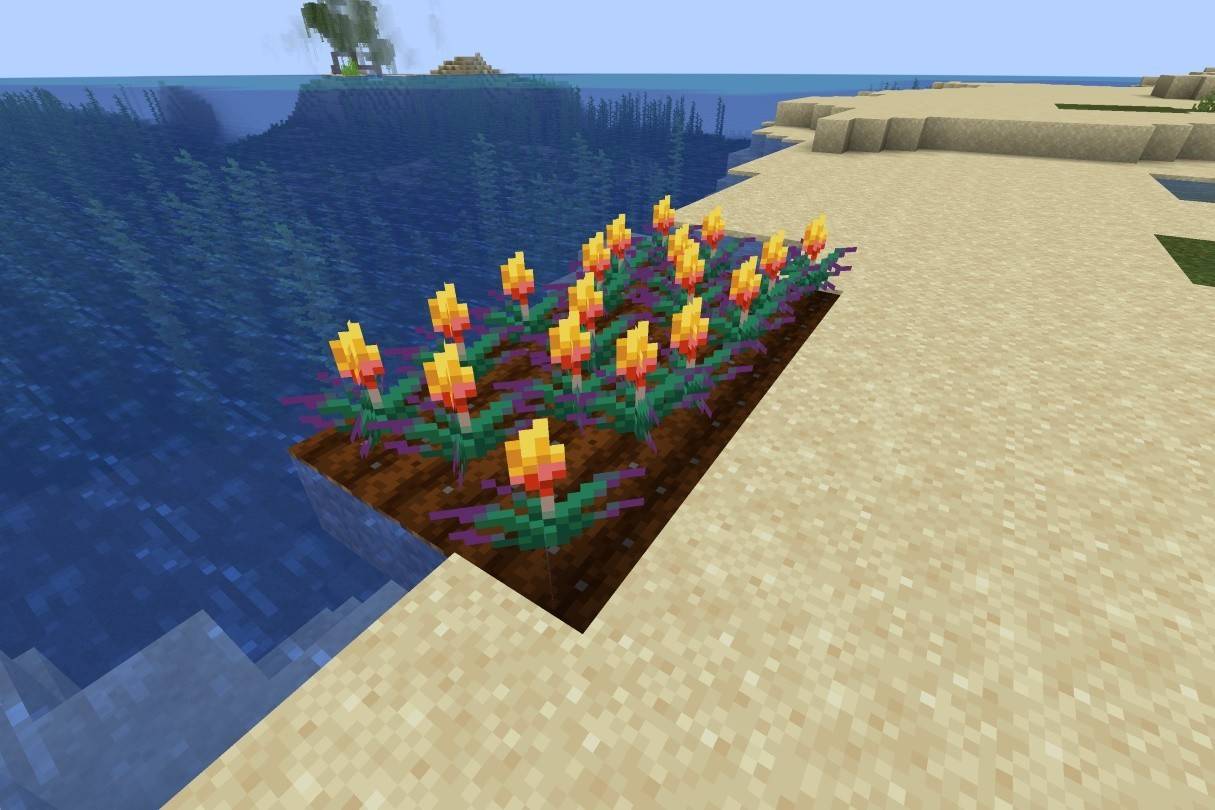
Grown from seeds, the torchflower yields orange dye. It doesn't naturally generate and, in Bedrock Edition, can't be spread with bone meal. In Java Edition, endermen can carry and drop it. It's also suitable for flower pots.
Lilac
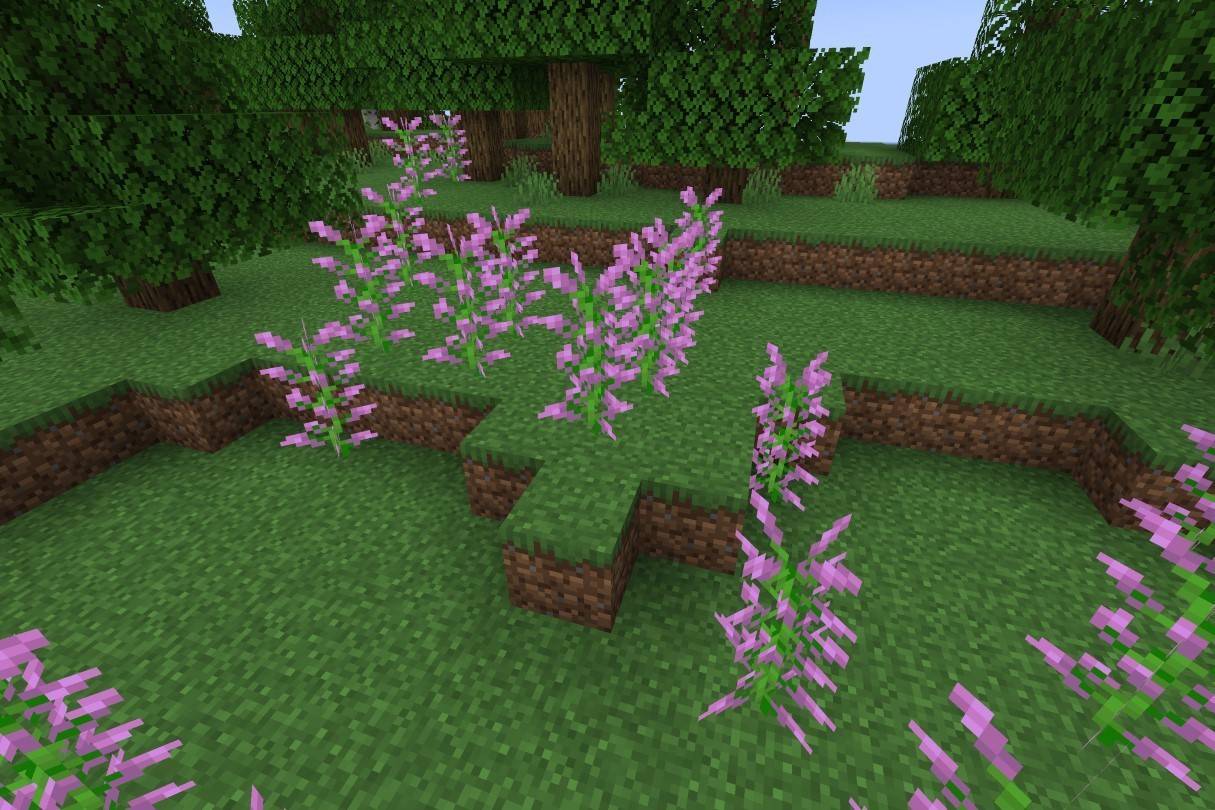
Lilacs are tall, two-block-high flowers with a soft light purple hue. Found in various forest biomes, including plains, they're known for their distinctive appearance and vibrant color. They're used to make magenta dye.
Oxeye Daisy
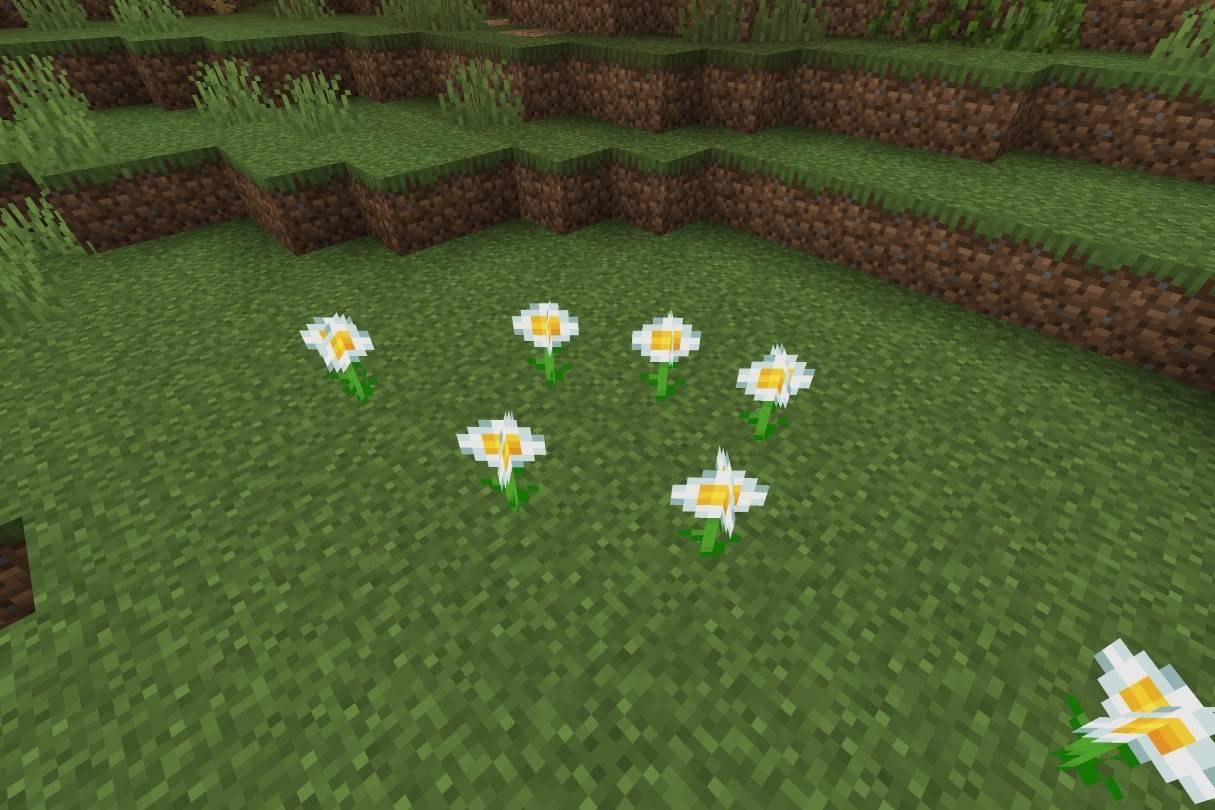
The simple yet attractive oxeye daisy, with its white petals and yellow center, is found in plains biomes. It creates light gray dye, ideal for dyeing wool, leather armor, and glass. It can also be used decoratively on banners.
Sunflower

Sunflowers, introduced in Minecraft 1.7, are now stylized to fit the game's art style. These tall blooms, facing east to follow the sunrise, are useful for navigation. Found in sunflower plains biomes, they produce yellow dye. They are valuable for dyeing and creating potion-like effects.
-
 Manco SolitarioUltimate survival guide for Last Island of SurvivalManco Solitario is designed for solo players and newcomers aiming to enhance their gameplay competitiveness, featuring in-app game functionality integrationCabinet crafting resourcesExplosive materia
Manco SolitarioUltimate survival guide for Last Island of SurvivalManco Solitario is designed for solo players and newcomers aiming to enhance their gameplay competitiveness, featuring in-app game functionality integrationCabinet crafting resourcesExplosive materia -
 Football Cup 2023Join the Football Cup 2023 and experience the thrill of soccer kicks in Soccer Strike football games.Football Cup 2023 immerses you in offline football matches for 2023 and invites you to compete in the Champions League of soccer games with this top-
Football Cup 2023Join the Football Cup 2023 and experience the thrill of soccer kicks in Soccer Strike football games.Football Cup 2023 immerses you in offline football matches for 2023 and invites you to compete in the Champions League of soccer games with this top- -
 equeo QD PlusMake learning fun! "Equeo QD Plus" presents educational content through engaging gameplay.Learning should be enjoyable! "Equeo QD Plus" is a digital educational game created by equeo GmbH, designed to teach through interactive play. Challenge yoursel
equeo QD PlusMake learning fun! "Equeo QD Plus" presents educational content through engaging gameplay.Learning should be enjoyable! "Equeo QD Plus" is a digital educational game created by equeo GmbH, designed to teach through interactive play. Challenge yoursel -
 Vang Nails - DemoExperience a fully customized branded app designed exclusively for premium nail salons and spas, powered by Schedule Anyone.Elevate your nail salon's presence with a sophisticated, professionally branded mobile application from ScheduleAnyone – the p
Vang Nails - DemoExperience a fully customized branded app designed exclusively for premium nail salons and spas, powered by Schedule Anyone.Elevate your nail salon's presence with a sophisticated, professionally branded mobile application from ScheduleAnyone – the p -
 G82 M4 Drift & Park SimulatorNominee for Best Racing Game in Car Games 2023!Prepare for unforgettable moments behind the wheel of incredible vehicles!Duster Convoy Simulator delivers an immersive 3D racing experience. This is one car racing game you must download to satisfy your
G82 M4 Drift & Park SimulatorNominee for Best Racing Game in Car Games 2023!Prepare for unforgettable moments behind the wheel of incredible vehicles!Duster Convoy Simulator delivers an immersive 3D racing experience. This is one car racing game you must download to satisfy your -
 Logo maker AI Logo generatorAI Logo Maker: Generate logo designs from text to AI art icons. This AI logo creator turns your ideas into professional branding.AI-powered logo maker for every type of business.Step into the future of branding with AI Logo Maker—the simplest and mos
Logo maker AI Logo generatorAI Logo Maker: Generate logo designs from text to AI art icons. This AI logo creator turns your ideas into professional branding.AI-powered logo maker for every type of business.Step into the future of branding with AI Logo Maker—the simplest and mos
